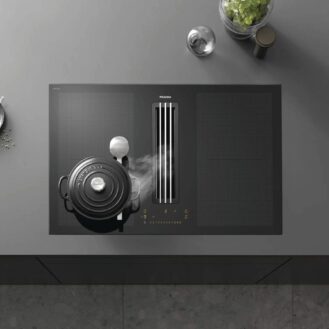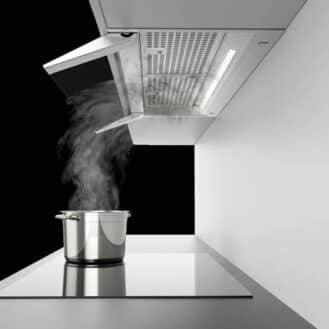There’s no such thing as a kitchen without a sink. Choosing the right kitchen sink is an important decision as it has such an essential role for cooking and cleaning. The choice will largely depend on whether the sink is destined for home or commercial use, as well as the available space and budget. The location of plumbing for the taps and evacuations may play a role in your choice. The style or aesthetic appeal of the sink may also be a determining factor.
This guide will focus on sinks for home and residential use -whether it’s a house, studio, apartment or student accommodation. It will not focus on commercial sinks. As regulations for commercial kitchen sinks may vary from country to country, it is important to familiarize yourself with the regulations of your local authority that apply to your business.














